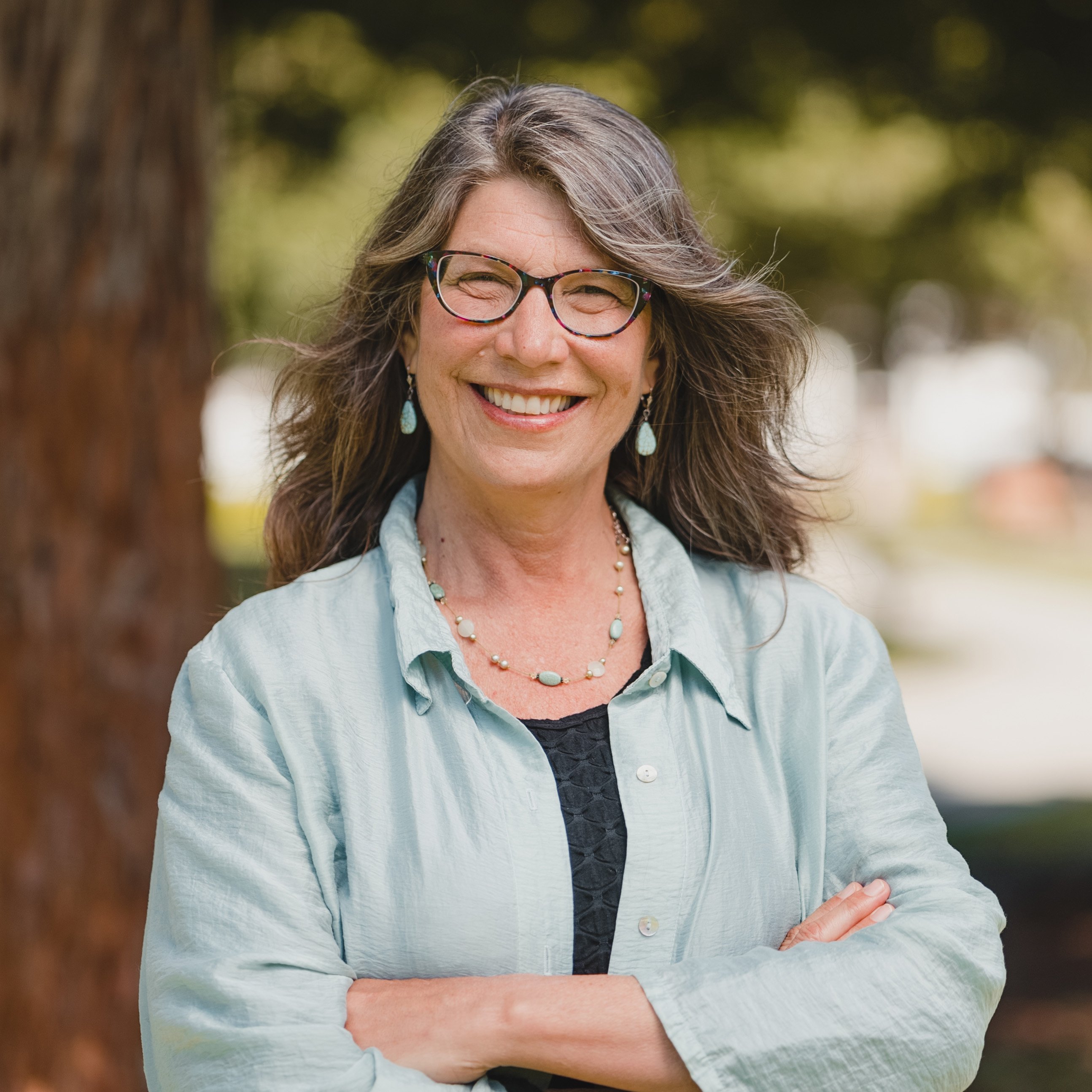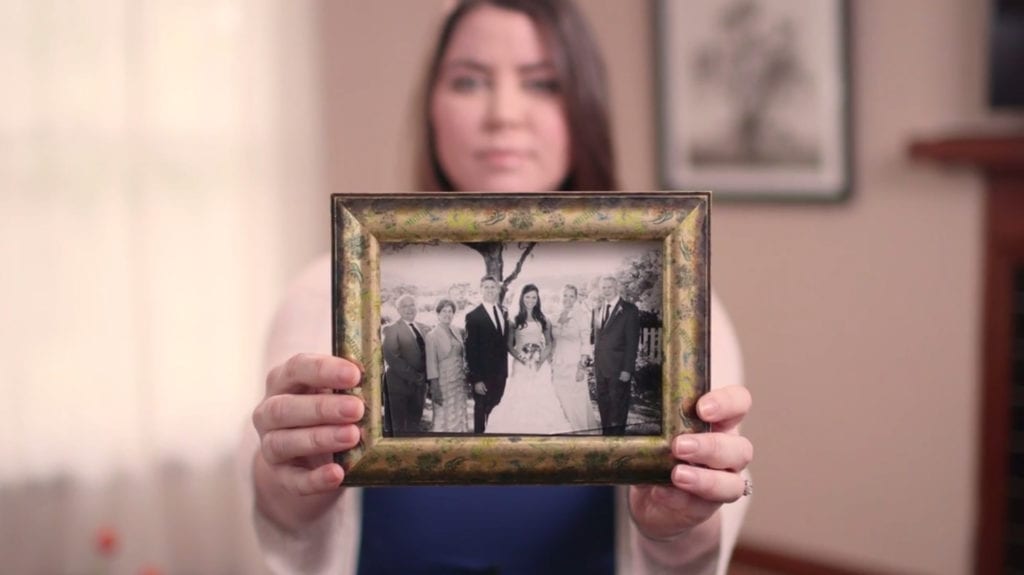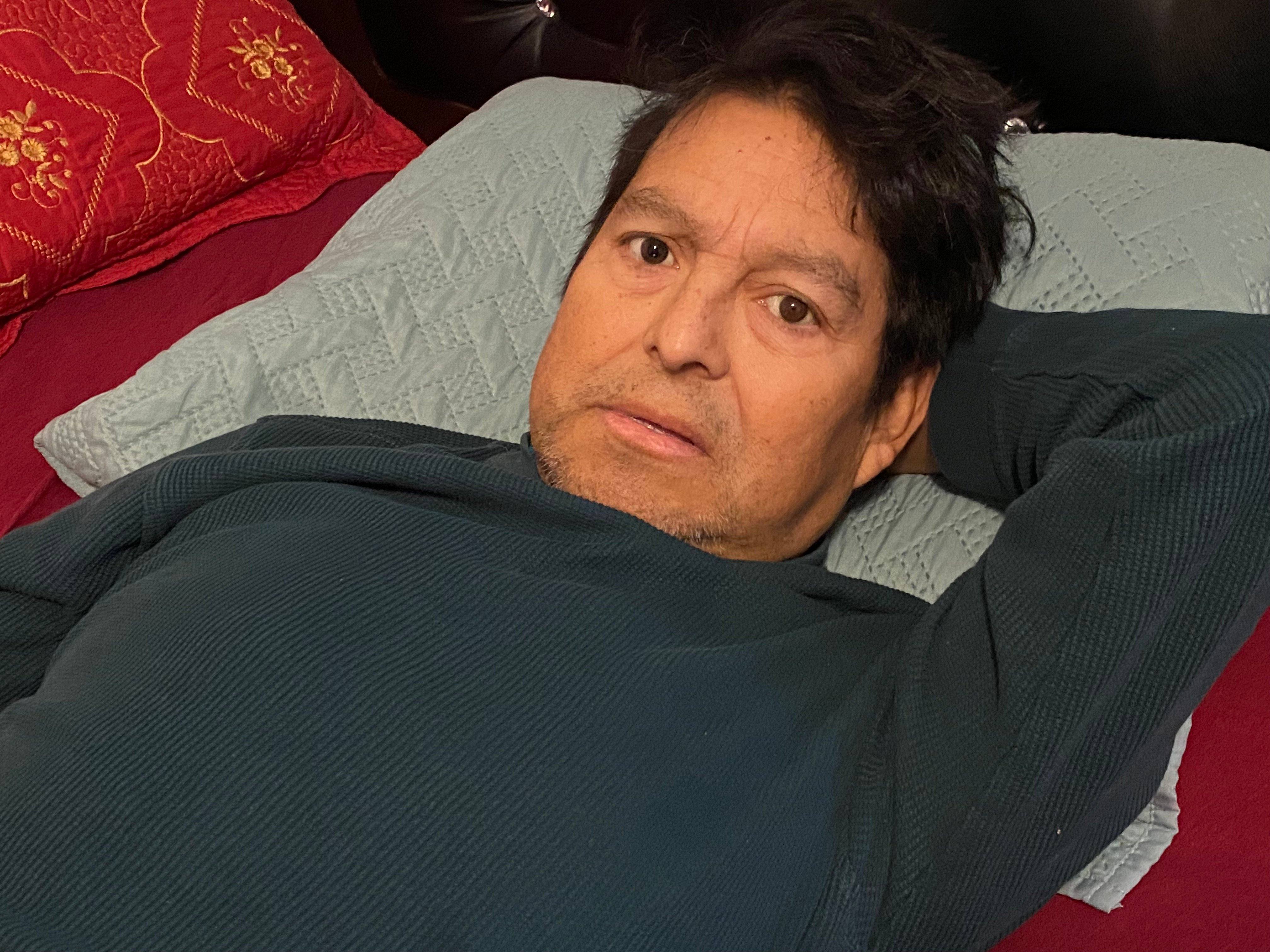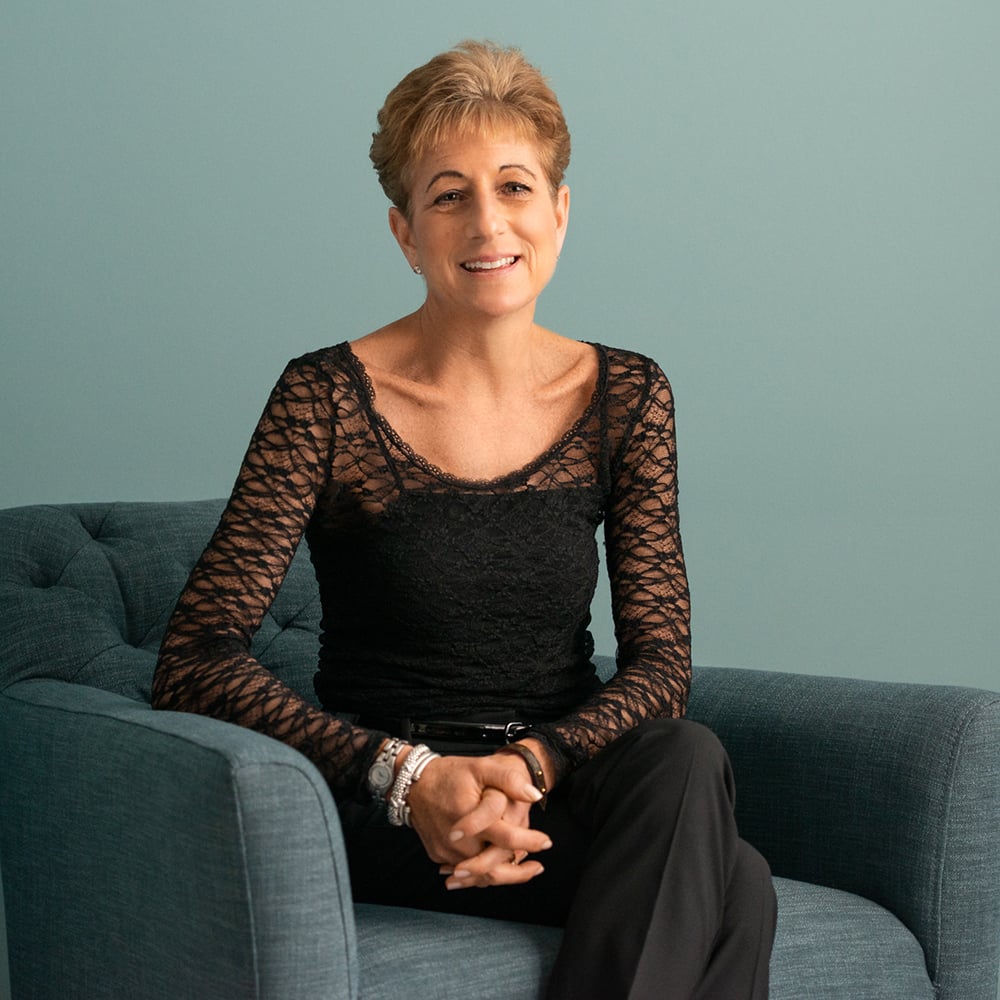Catherine shared her story in April of 2022.
Since my training in the 1980s at the height of the AIDS era in San Francisco, my career has been dedicated to improving public access to healthcare, including the full range of options at the end of life. I became involved in the early stages of passing the California End of Life Option Act, which went into effect in 2016, and I’ve since seen how having this option has altered the lives of so many people for the better.
Last year, my spouse, Will, became one of those people.
In May of 2021, my beloved partner of 37 years was diagnosed with a motor neuron disease, similar to ALS. But unlike ALS, Will’s decline progressed incredibly rapidly, more rapidly than had ever been seen by any of his physicians. Will was a big, athletic man — over six feet tall, he played ultimate and disc golf into his sixties. He was very healthy; until this, no major health problems had affected him. Now we understand that his rapid decline was very likely related to a COVID-19 infection he had in early 2020.
In a matter of months, Will’s condition declined precipitously from initially losing the ability to walk to barely being able to talk. The doctors informed him that he was going to die by choking or suffocating.
Driving home after we had learned Will’s diagnosis was terminal in the spring of 2021, he turned to me and said, “Catherine, if you hadn’t worked on the aid-in-dying law, I would be living every last day of my life absolutely terrified of dying this way. And I don’t have to. I know there’s something that I could do.”
However, our primary health care network was Catholic, so Will’s primary care physician was unable to prescribe the medication for him due to non-participation. Will had to start the process over again at a different hospital, which created a delay of about a month before he could get an appointment or prescription. Those weeks were full of anxiety for Will. He was concerned that by the time he finally got the medication, he would no longer be able to self-ingest it, which caused him great distress.
It made us think about people in other states who do not have authorized access to aid in dying. Would we have considered moving to a jurisdiction with access? How difficult it would be to try and move when you’re already at the end of your life. In Will’s case, there was less than two months between Will’s terminal diagnosis and death. There would have been no moving him. Every anxious day was a lost day, in a way. Thankfully, after several long, tense weeks, Will got access to the medication in time.
Will knew he was dying. Having the option of medical aid in dying meant that instead of having to worry about what would happen — Would he choke or suffocate to death? — Will could decide for himself whether his own suffering was unbearable. He could focus on spending the time he had left with our children and other loved ones, rather than in a state of anxiety over the end. He created a playlist of the music he adored. He made a list of books that had made a difference in his life. He was able to be with friends and family. While he still could, he read the kids’ favorite book aloud, and we recorded him. By the time he got to the last chapter, he was barely able to speak. Soon after, he lost his voice, and we got a recorder that allowed him to amplify his whisper.
Will was a brilliant public health scientist who had been honored for his work in public health by the state of California. He was losing the things he loved — especially the ability to communicate. He was also losing weight, shrinking down to nothing, and unable to stand by himself, or even sit. And yet he still wanted to be with his family and live. So, while he was greatly relieved to have the option of medical aid in dying, he didn’t yet know if he would use it. We were just living day to day. His amplified whisper still allowed him to communicate with us.
He had a ventilator to help him breathe at night, but he couldn’t imagine ending his life fully intubated on the ventilator. He knew he didn’t want a feeding tube. Despite having exceptional palliative medicine and hospice care at Stanford and our local hospice, Will’s suffering was not something they could fully address.
After one excruciating night, which Will spent gagging and choking, he knew it was time. That morning, he quoted Bruce Cockburn: “Anyone can die here, they do it every day. It doesn’t take much effort though it goes against the grain.” Prior to this, he had not been sure he would use the legal option of aid in dying. That morning, however, he knew the tide had turned. He whispered, “Gather the kids, I’m ready.” It was the summer of 2021. We rolled his bed outside and he had a beautiful death surrounded by the trees and those who love him.
His peaceful death only deepened my commitment to supporting terminally ill people in the best death they can have. All people, especially our most vulnerable, deserve access to the care they want, whether that’s curative treatment, palliative care, hospice care, aid in dying, or some combination of these. That’s what Will and I fought for. The irony in all of this is that Will was an example of someone who had access to the very best care, and yet he still faced barriers in receiving the care he wanted. How much more difficult might it be for someone who was not in his position of privilege?
Will’s suffering also provides a great example of the importance of having this option. One of the biggest benefits of medical aid in dying is that it gives people the opportunity to live every second of their lives bonding with their loved ones rather than feeling anxiety, depression and stress. This was true for Will: just knowing that if the suffering were too great, he didn’t have to prolong the inevitable, he was able to focus the time he did have on quality time with the people he loved. It was the right end-of-life care — for him.
Overall, palliative care and hospice care have improved dramatically in the last 20 years. Yet there are some terminally ill people whose suffering still cannot be adequately addressed, and medical aid in dying may be the right treatment for them. Medical aid in dying is purely voluntary — no one is required to participate. And likewise, no one should be left to suffer unnecessarily. For those people, we need to recognize that aid in dying is a crucial option for end-of-life care.






